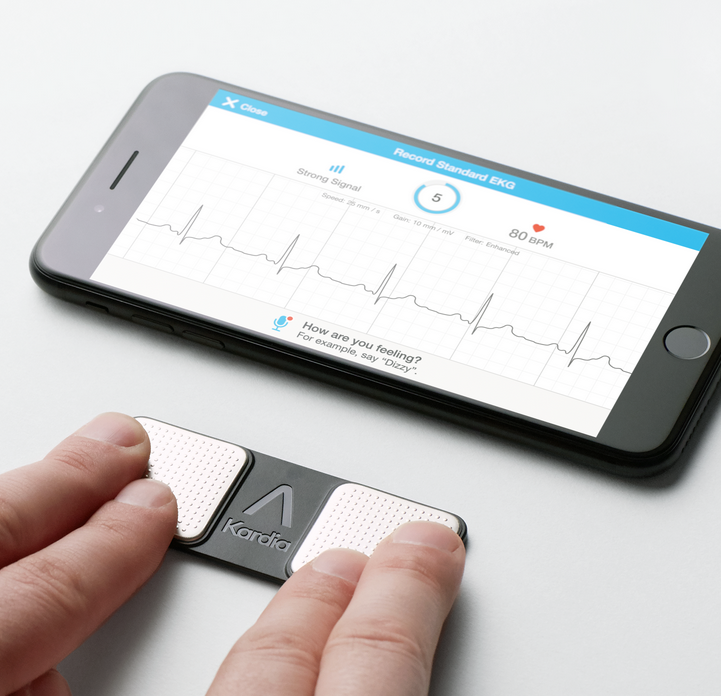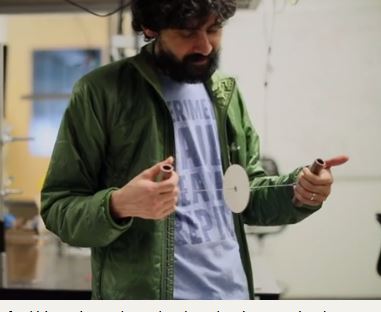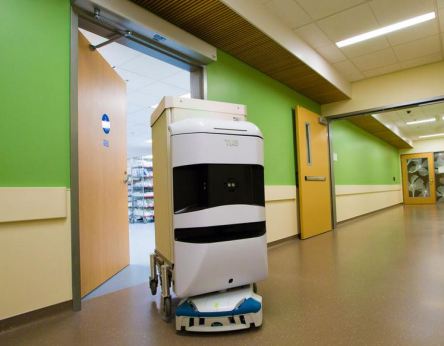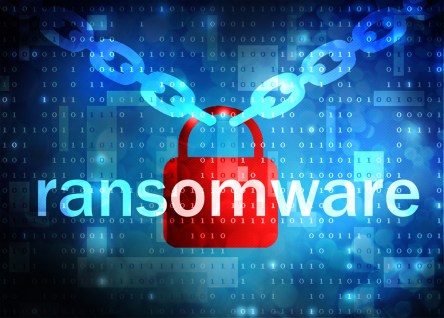Expected to command a significant portion of America’s aging population over the next several decades, the nation’s aging Hispanic population will usher in a new era of cultural needs and expectations. That’s according to a new study commissioned by the Associated Press-NORC Center for Public Affairs Research. After surveying older Hispanics on their attitudes and expectations regarding assisted living and senior housing, researchers concluded Hispanics might “face additional obstacles in getting culturally competent care.” “…49 percent of older Hispanics have already faced language or cultural barriers as they navigate the health care system,” state the report’s authors. “These barriers have resulted in additional stress, delays in getting care, increased time and effort, not getting needed care and higher than expected costs for care.” Respect and Value Expressing feelings of frustration, loneliness and confusion, the survey’s participants expressed concern over the ability of their local health care providers to meet their specific needs. Specifically, respondents reported difficulty communicating with doctors and nurses due to language and cultural barriers. For those experiencing difficulty overcoming these challenges, two-thirds said they experienced additional stress and delays related to receiving adequate medical care. Unfortunately, less than half of the Hispanics surveyed expressed confidence in their local health care facilities and nursing homes’ ability to meet the needs of senior residents. Even fewer respondents felt home health aides and assisted living communities are up to the challenge, with only 20 percent of participants conveying they felt assured of the capabilities of their local home senior health providers. Complex Communications With almost 3 out of 4 Hispanics speaking Spanish in the home, the language barrier remains the foremost barrier to adequate senior care. According to the survey, a little more than a third of respondents reported speaking English “less than ‘very...
Pocket EKG
Medical Devices
Ruthless and unbiased, heart disease kills 610,000 people per year in the United States, amounting to one out of every four deaths in the country. A leading cause of death across both genders, the CDC estimates that over half of the nation’s deaths can be attributed to heart disease. Doctors say early detection is key, by the time significant warning signs like chest pain and shortness of breath are detectable, it might already be too late. Unfortunately, for many Americans, a trip to the doctor’s office can be complicated and costly. But what if an EKG could fit inside your wallet? A new mobile EKG device can monitor cardiac health and track the early warning signs of hearth disease and stroke. Mobile Monitoring AliveCor, the makers behind Kardia, a mobile, pocket-sized EKG monitor, believe they’ve found a solution. A little smaller than a business card, the Kardia comes outfitted with two metal plates designed to receive basic information about the user’s heart, including heart rate, blood pressure and – most importantly – atrial fibrillation. Users simply place their fingers on the device and wait for the data to be transmitted to Kardia’s mobile app. The focus on atrial fibrillation is significant because changes in this particular data set are often an early warning signs of stroke. Most hospital-grade EKGs measure 12 different aspects of the heartbeat, but focusing on atrial fibrillation, AliveCor was able to shrink their mobile electrocardiogram down to a gadget that easily fits in the palm of your hand. “[It is] the most common arrhythmia, the one that we need to detect, doesn’t need all 12 EKG leads,” AliveCor CEO Vic Gundotra tells Wired. “And it’s not invasive at all, it’s just like brushing your teeth every day.” Comprehensive Reports The Kardia...
Low-Tech Diagnostics
Frugal Science
For caregivers in economically depressed communities, even the simplest tests can be too expensive. But thanks to the Paperfuge, spinning biological samples for testing just got a whole lot more economical. The Paperfuge allows health care workers to perform important diagnostic tests in just a few minutes, all for less than a twenty-five cents. Understanding the need to provide low-cost, and low-tech, testing and diagnosis options to the developing world, Stanford Bioengineer Manu Prakash alighted on the idea of modifying a children’s toy into a cheap, functional centrifuge. It’s all a part of Prakash’s commitment to improving healthcare across the globe by pursuing the art of Frugal Science. “To me, Frugal Science is really designing with constraints in mind,” says Prakash in a video about the Paperfuge. “When we say ‘bringing tools the masses,’ we truly do mean the billions of people on the planet.” Low Energy, High Results Traditional centrifuges are bulky, expensive and require a robust energy supply, making them almost impossible to operate in far-flung reaches of the world. A StatSpin MP centrifuge, for example, can cost thousands of dollars and runs on electricity. For many economically challenged communities, standard medical equipment is too costly and resource intensive. Prakash and his team took on the challenge of making a more accessible – and affordable – version of this valuable diagnostic tool. “We told ourselves, we can design one, but it cannot require any electricity, and it needs to be light and portable – I need to be able to carry it in my pocket – and it needs to cost less than a dollar in parts.,” explains Prakash in the video. “By boxing ourselves in with constraints, we were able to think outside the box.” The Paperfuge fits all of those...
Medical Robots
Meet TUG at the hospital
With a friendly little beep and a versatile design, the TUG robot provides reliable, cost-effective task automation for hospitals and healthcare providers. It’s a challenge faced by many working in the healthcare industry: tedious tasks stealing time better spent interacting with patients. Thankfully, that’s all beginning to change thanks to whole host of new software platforms and interactive devices specifically designed for the healthcare industry. The latest addition to the fray, TUG, promises to transform internal logistics and free staff from drudgery. Friendly and Helpful White, boxy and mobile, the TUG robot is designed to shoulder some of the essential but time-consuming labor hospitals depend upon to run smoothly and efficiently. With a gentle beep, beep, beep, the TUG announces its presence as it glides down hallways and waits for elevators. Voice-enabled, the TUG can interact with patients and hospitals staff through mobile devices, call boxes and touch screens. A lot of work went into the TUG’s pleasant persona. As Wired’s Matt Simon explains, “The affection is no accident. Aethon, Tug’s manufacturer, designed it to be comforting. It may have an adult voice, but Tug has a childlike air, even though in this hospital you’re supposed to treat it like a wheelchair-bound old lady. It’s just so innocent, so earnest, and at times, a bit helpless.” No More Drudgery TUG proficiently performs its various jobs without complaint, but unlike other industries casting a wary eye on automation, healthcare workers don’t need to fear a robot uprising. While some hospitals admit to holding off on extra hiring thanks to TUG, the robot primarily functions to release caregivers from petty chores. Free from time-consuming but inessential duties, caregivers can spend more time focused on patient care. Ultimately, TUGs work well as a supplement to a hospital’s...
Healthcare Hackers
Ransomware infects health care
In December of 2014, MIT Technology Review declared 2015 the “Year of the Hospital Hack.” Unfortunately, their prediction came to pass. By the end of 2015, Websense researchers reported a 600% surge in cyber-attacks on hospitals – and that number is only expected to climb. Both the Ponemon Institute and the Privacy Rights Clearinghouse have identified health care data particularly susceptible to cyber-attacks. A Top Target As we reported last month, the threat of ransomware continues to grow, and hospitals, in particular, are in the crosshairs. With assaults escalating every day, healthcare facilities face a tricky balancing act as they weigh the benefits of technology against the need for security. While 2015 saw a significant uptick in cyber-attacks at hospitals and other healthcare facilities, 2016 is shaping up to be even worse. During the first few months of the year, four major hospitals – Canada’s Ottawa Hospital, Hollywood Presbyterian Medical Center, Medstar Washington, and Kentucky’s Methodist Hospital – were on the receiving end of a ransomware aggression. In each case, hackers held the facility captive by demanding bitcoin payments to release their computer systems. Unfortunately, experts warn the healthcare industry will continue to experience these types of scenarios. Even worse, these attacks could result in a whole host of dire consequences, including some with life-threatening implications. “One can imagine how detrimental it would be if someone was in the middle of a major operation and suddenly all of their health records became unavailable,” says Malwarebytes security researcher Jérôme Segura. Data Rich Targets Carl Leonard, principal security analyst for Websense believes hospital hacks are alluring because of the type information stored by medical facilities. Medical records, which often contain social security numbers, dates of birth and other sensitive information, can provide enough material to “build...
Electronic Only
New NY Prescription Law
With the click of a mouse, doctors in New York State will soon be able to abandon their sometimes illegible medication notes for electronic prescriptions. As of March 27, New York is the first state in the nation to require all physicians to use electronic prescriptions, a law backed up by fines and criminal penalties. The basis of the new mandate lies in a 2012 state law, I-Stop, designed to decrease prescription opioid abuse. I-Stop created an online registry listing all medications prescribed to an individual patient. In an effort to reduce substance abuse, doctors were required to check the list before prescribing any new medications. Far from infallible, I-Stop’s registry remained vulnerable to human error – intentional or unintentional – as even a minor misspelling could thwart medication tracking. The hope is that by shifting to an entirely electronic prescription system, medications can be carefully tracked and fraud mitigated, if not eliminated altogether. The prescriptions will be managed via the Surescripts network. Surescripts, which processes over 1 billion e-prescriptions per year, connects doctor’s offices, hospitals, pharmacists and health plans through an integrated platform. While the shift to electronic prescripts robs consumers of some agency –patients will have limited ability to change pharmacies – a 2015 survey by Surescripts revealed a majority of patients felt more secure with physicians who were “digitally connected.” In fact, more than 50% of survey respondents admitted online access to test results, medical records, and appointment scheduling would all be compelling enough to choose one doctor over another. Despite the law, many of New York’s health care providers have yet to make the switch to electronic prescriptions. As of January, a little over half of the state’s prescribers were able prescribe and send prescriptions electronically. Some of the state’s...
How Seniors Search
For housing and health
Research funded by Google sheds light on how seniors search for housing for themselves and their aging parents. The results are helping senior housing experts improve marketing strategies and concentrate their efforts on what truly matters to America’s aging population. In October 2014, Google issued a survey to 2,000 Baby Boomers between the ages of 50-58 and 59-68. Those who participated in the survey are among the 75 percent of seniors who use search engines to learn more about senior housing. Survey respondents provided insights on how they used search engines to find dwellings and care providers, as well as features that they seek out when filtering through their options. Google recently released results from the survey at the What’s Next Boomer Business Summit in Chicago: When searching for housing for themselves, respondents used keywords such as “independent living,” and “55+ active communities.” They sought housing with features that promoted an engaging and social lifestyle such as group events, excursions, pet accommodations and complimentary transportation. Younger Boomers are increasingly tech savvy. They desire self-care tools that allow them to manage their own health and wellbeing electronically; 25 percent of respondents regularly use EHRs to manage their health. They tended to search for wearable devices that can help them monitor their vital signs and fitness activities. While self-care is important, it does not overshadow Boomers’ interest in quality personnel onsite. One-third of respondents expect to work with a care manager through the senior housing community who can help them manage their health and wellness options. When searching for housing on behalf of their parents, respondents searched using terms like “skilled nursing,” or “assisted living communities.” Communities that offered specialized care, a low staff-to-resident ratio, and proximity to emergency care facilities ranked high on their lists....







